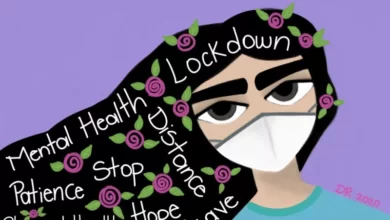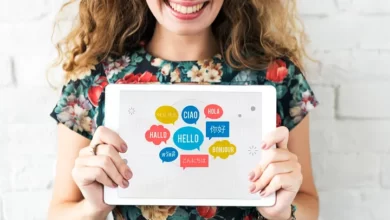Microlearning and its Benefits for Students

In today’s fast-paced world, students are finding it increasingly difficult to manage their time and attention. The traditional classroom setting may not always provide the most effective learning environment for them. As a result, microlearning has emerged as a popular alternative to traditional teaching methods. Microlearning involves breaking down complex topics into smaller, more manageable pieces of information that students can easily digest. In this article, we will explore the concept of microlearning and its benefits for students.
Introduction
Microlearning is an effective teaching approach that breaks down complex topics into small, easy-to-understand chunks. These chunks are presented to students in the form of short, focused lessons that can be completed in just a few minutes. Microlearning is a modern approach to learning that can help students improve their retention, engagement, and overall learning experience.
What is Microlearning?
Microlearning is a teaching approach that involves breaking down complex topics into smaller, more manageable pieces of information. These smaller pieces of information can be delivered in a variety of formats such as videos, podcasts, or interactive quizzes. The primary goal of microlearning is to help students retain information better and learn more effectively.
Types of Microlearning
There are several types of microlearning that educators can use to enhance their teaching strategies. These include:
Video-based Microlearning
Video-based microlearning involves the use of short, engaging videos to deliver content to students. These videos can be embedded into online courses or viewed on mobile devices.
Audio-based Microlearning
Audio-based microlearning uses podcasts or audio clips to deliver content to students. This type of microlearning is ideal for students who prefer to learn while on-the-go.
Interactive Microlearning
Interactive microlearning involves the use of quizzes, games, or simulations to deliver content to students. This type of microlearning is particularly effective at engaging students and helping them retain information.
Benefits of Microlearning for Students
There are several benefits of microlearning for students. These include:
Increased Retention
Microlearning has been shown to increase retention rates among students. By breaking down complex topics into smaller, more manageable pieces, students are better able to understand and retain information.
Greater Engagement
Microlearning is an engaging teaching approach that can help students stay focused and interested in the material being presented to them. This is because microlearning content is often presented in an interactive or visually appealing way.
Enhanced Flexibility
Microlearning allows students to learn at their own pace and on their own schedule. This is particularly beneficial for students who may have busy schedules or who prefer to learn at their own pace.
Cost-effective Learning
Microlearning is a cost-effective teaching approach that can save schools and students money. Because microlearning content is often delivered online, there are fewer expenses associated with textbooks and classroom materials.
Personalized Learning Experience
Microlearning can be tailored to meet the individual needs of each student. This means that students can receive a personalized learning experience that is tailored to their unique learning style and needs.
Microlearning in Practice
Microlearning is being used in a variety of settings to enhance teaching and learning. For example, some schools are using microlearning to supplement traditional classroom instruction, while others are using it as the primary teaching approach
Implementing Microlearning
Implementing microlearning can be a straightforward process. Here are some steps that educators can take to implement microlearning into their teaching strategies:
- Identify the topics that can be broken down into smaller, more manageable pieces.
- Determine the delivery method for the microlearning content (e.g., videos, podcasts, interactive quizzes).
- Create the microlearning content and ensure that it is engaging and visually appealing.
- Make the microlearning content easily accessible to students (e.g., post it on an online platform or make it available through a mobile app).
- Evaluate the effectiveness of the microlearning content through assessments and student feedback.
Challenges of Microlearning
While microlearning has several benefits, it also comes with some challenges. One challenge is ensuring that the microlearning content is effective and engaging. If the content is not engaging, students may not be motivated to complete the lessons. Additionally, implementing microlearning can require a significant investment in technology and infrastructure.
Future of Microlearning
The future of microlearning looks bright, as it is becoming an increasingly popular teaching approach. Advances in technology will make it easier to create and deliver engaging microlearning content. Additionally, the demand for flexible and personalized learning experiences will continue to drive the adoption of microlearning.



